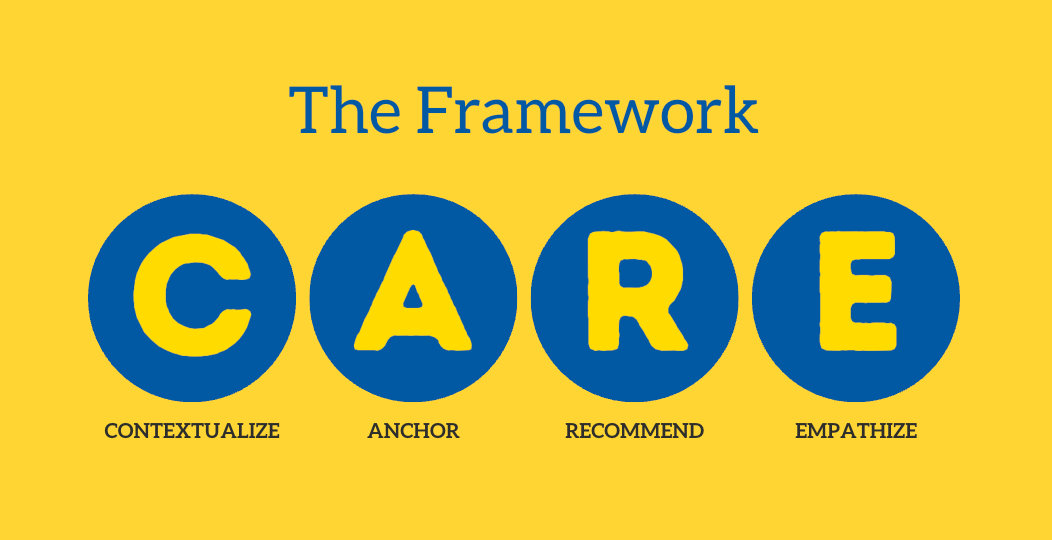How many times have you faced an "emergency" at work that turned your day upside down? But what if I tell you there’s a simple process to transform these frequent emergencies into manageable challenges, and a communication framework to set boundaries without putting your ‘team player’ badge in jeopardy?
Let’s picture our capacity at work as this large glass jar. We can fill it with two types of product marketing tasks: proactive and reactive work. Think of proactive work as the rocks. These are the big, important tasks aligned with our major goals and strategic initiatives. They're the work chunks that really push us toward those big business outcomes we're aiming for.
Then, there’s the reactive work—or, as I like to call it, the sand. It seeps into every nook and cranny, distracting you when you're trying to focus on those big rocks. Before you know it, you're swimming in a sea of sand: last-minute requests, unexpected fires to extinguish... you name it.
Here’s the golden rule: Rocks first, sand second.
If you start with the sand, you’ll never fit all the rocks in. But if you tackle the big rocks first, the sand can just filter through the gaps. This way, you make sure the important stuff gets done and the little things fill in the leftover spaces, not the other way around.
Imagine you’re in a meeting and out of the blue, an executive wants a complete pivot on your product marketing strategy to address a new trend—all by Friday. Just as you're processing this, a product manager needs a quick FAQ for a confusing new update. And then, boom! A Slack notification from the CEO about a big partnership opportunity. Suddenly, your day of strategic planning is turned into a firefighting drill.
This is where the power of triage comes into play.
It’s our job as product marketing leaders to decide which tasks are rocks and which are sand. And more importantly, to teach our teams how to make these decisions effectively so that our jar doesn’t overflow with sand, leaving no room for rocks.
So, how do we triage effectively? Let’s break it down:
Do: These tasks have an obvious positive impact, are quick to complete, or complement existing initiatives. They're the no-brainers that we can confidently tackle because they align well with our goals.
Explore: These tasks might have potential but require more investigation. They stay in this bucket temporarily until we can either validate their impact and fit or decide they’re a distraction.
Don't Do: Here lies the graveyard of "good ideas" that just don’t align with our strategic objectives or are resource hogs with little return.
Within these buckets, we assess tasks based on their urgency, impact, and alignment with our strategic objectives. We ask:
Will this work only have a significant impact if it gets done NOW?
Do we have the resources, expertise, and time to execute this effectively at this moment?
Are we confident that the work is within the scope of our team’s initiatives, and may even amplify existing work, bringing the team closer to achieving their objectives?
Imagine having a 'Don't Do' bucket for life. Somewhere to toss those tasks like laundry or assembling that nightmarish piece of IKEA furniture. Now, if only we could get away with that!
Let’s take a quick detour to reality. Have you ever wished you could just say no to certain tasks or requests? It’s tough, right? Saying no can feel like you’re disappointing someone or missing out on opportunities. But not saying no can lead to a cluttered jar, full of sand, with your important rocks sitting outside it. Saying yes to everything puts your team at risk of overload and you at risk of losing control.
There’s a way to say no while still maintaining trust and collaboration.
The CARE framework
Here's where we can bring in the CARE framework to say no without burning bridges:
1. Contextualize: Set the Scene
Begin by clearly outlining the current priorities and workload of your team. When a new request comes in, provide a straightforward explanation of your team's commitments and the strategic objectives you are focused on. This sets the context and helps the requester understand where their request stands in relation to existing projects. Share any relevant information that might address immediate concerns or show that their needs may soon be met through other avenues.
2. Anchor: Stand Your Ground
Next, firmly plant your feet. It's time to anchor the conversation with your decision, backed by solid, unarguable logic. Be the captain who calmly explains why the ship can’t take on more cargo. Clearly state your decision and the reason behind it. Maybe the team is at capacity, or there are other priorities that can't be bumped. Remember, clarity is kindness. Vagueness only invites confusion and persistent follow-ups.
3. Recommend: Suggest Alternatives
Now, soften the ‘no’ with a creative ‘maybe.’ If you can’t meet the request now, suggest an alternative. Could this be a future project? Are there other resources or perhaps a low-cost interim solution? Think of it as not just turning someone away but directing them to another helpful avenue. Offer practical alternatives or adjustments that could meet their needs without overextending your resources.
4. Empathize: Validate Their Needs
Finally, show you understand and care. Recognize why the request was important to them. This isn’t just about playing nice; it’s about validating their needs and concerns, which is essential for maintaining a positive, collaborative relationship. Even if you can’t fulfill the request, acknowledging its importance helps maintain goodwill and leaves the door open for future collaboration.
Every time we say no to something that doesn’t fit, we’re saying yes to something that does. And that’s a step toward not just surviving, but thriving in our roles. So, let’s keep our jars wisely filled, and maybe, just maybe, we'll turn those work emergencies into well-managed milestones.







